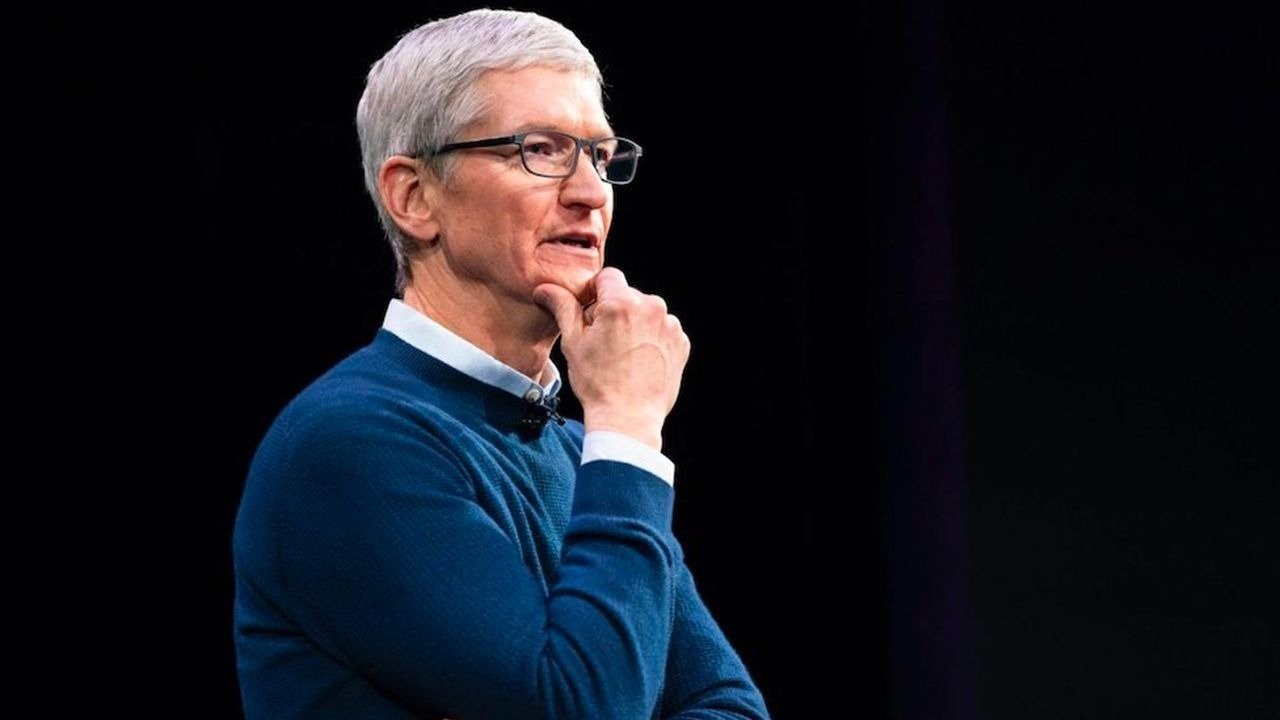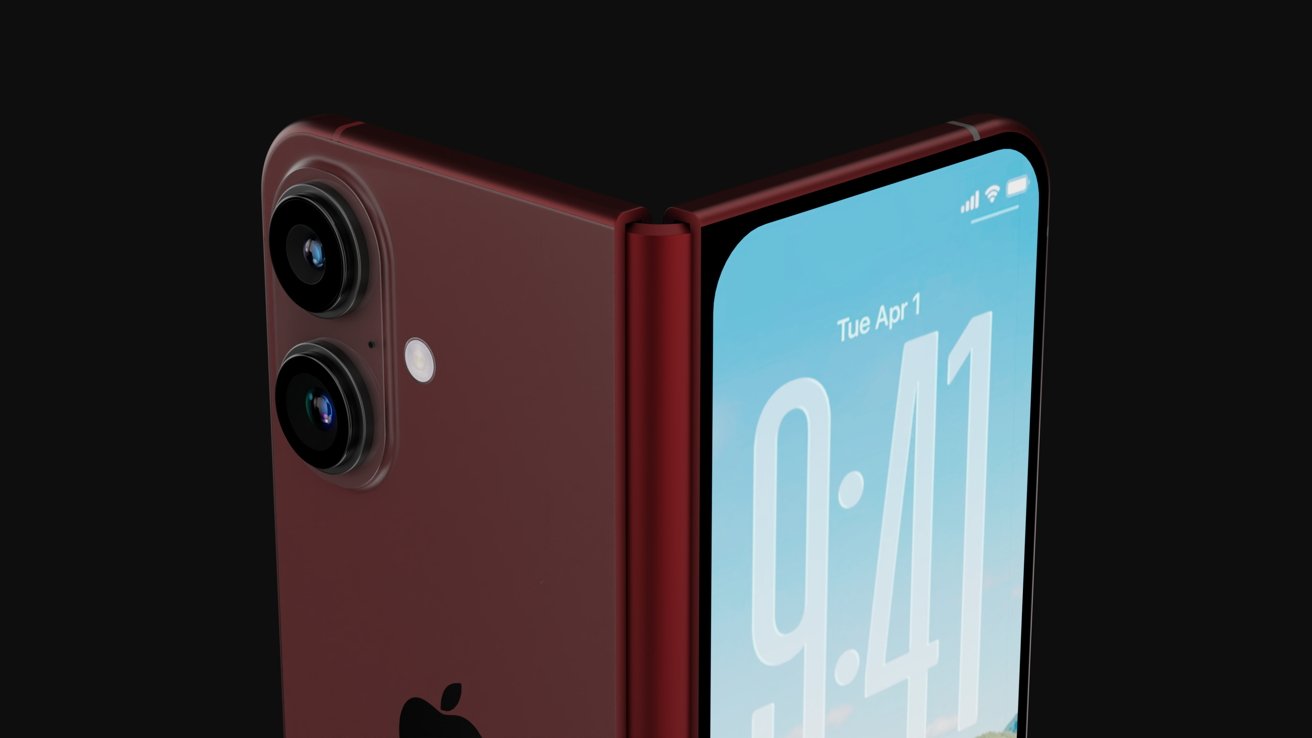Apple’s iPhone Air Faces Sales Challenges Amidst Market Speculation
Apple’s latest addition to its smartphone lineup, the iPhone Air, has encountered a lukewarm reception in the market, leading to widespread speculation about its performance. During a recent earnings call, Apple CEO Tim Cook addressed these concerns, albeit with limited commentary.
The iPhone Air, introduced as a sleek and lightweight alternative to the flagship iPhone 17 Pro, boasts a slim profile of just 5.6mm and features a distinctive camera bar design. However, it comes with trade-offs, including a single rear camera and reduced battery life compared to its Pro counterpart. Apple’s Vice President of Industrial Design expressed satisfaction that consumers face a challenging decision between the two models, indicating the company’s intent to cater to diverse user preferences.
Despite these design innovations, reports have emerged suggesting that the iPhone Air’s sales have not met expectations. Analysts have pointed to various factors, including market saturation and consumer preference for more feature-rich models. During the earnings call, when questioned about the iPhone Air’s performance, Cook provided a brief response, stating, We are pleased with the iPhone Air’s design and the options it offers our customers. This succinct remark has left industry observers seeking more substantial insights into the device’s market performance.
Historically, Apple has faced similar challenges with other models. For instance, the iPhone 5c experienced lower-than-anticipated sales, which Cook attributed to consumers’ preference for the flagship iPhone 5s, particularly due to features like Touch ID. In response to such market dynamics, Apple has previously adjusted its pricing strategies in key regions to stimulate demand. In 2019, following a sluggish December quarter, the company reduced iPhone prices in certain markets to align with local economic conditions.
The current situation with the iPhone Air raises questions about Apple’s approach to product differentiation and market segmentation. The company’s strategy of offering multiple models aims to cater to a broad spectrum of consumers, balancing design aesthetics with functionality. However, the mixed reception of the iPhone Air suggests that achieving this balance remains a complex endeavor.
As Apple continues to navigate the competitive smartphone landscape, the performance of the iPhone Air will be closely monitored. The company’s ability to adapt to consumer preferences and market trends will be crucial in determining the success of its diverse product lineup.



